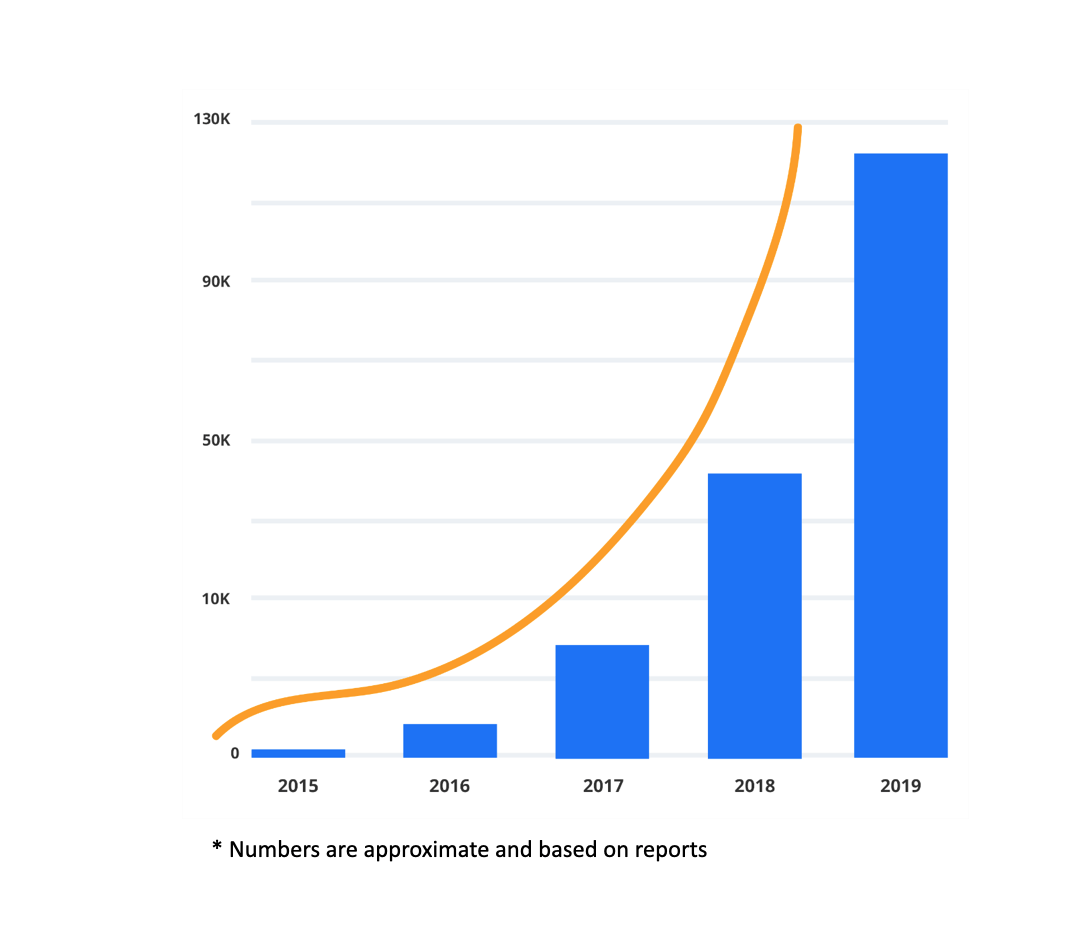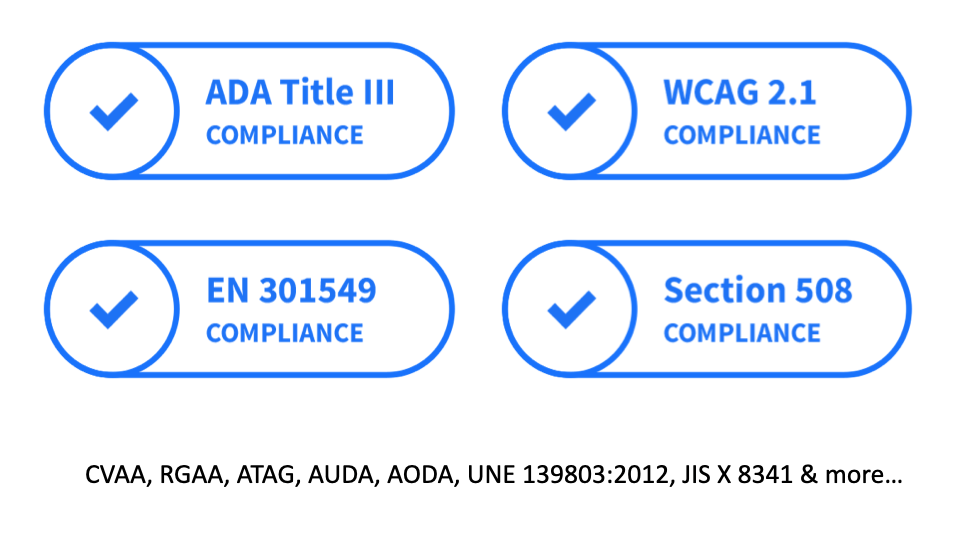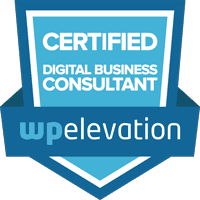ADA COMPLIANCE
What is ADA Compliance and Website Accessibility?
In simple terms: it’s a set of rules, behaviours, code standards and design guidelines, created by the W3C (The World Wide Web Consortium) and called the Web Content Accessibility Guidelines or WCAG 2.1.
The WCAG 2.1 is a 1000-page guidebook explaining what accessible websites look and feel like to people with disabilities, and it’s the only internationally recognized set of guidelines that does that.
It was created to ensure that people with disabilities can access public websites and still be able to navigate and read the site, no matter what their disability.
ADA Compliance - it's either be a huge risk (of being sued) or a huge opportunity to access a large market segment
According to the CDC, approximately 26% of American adults are living with a disability. That's over 60 million adults in the USA. So this may be a bigger issue than you initially thought!
That 26% spans most any disability you could name: everything from full blindness to cognitive disabilities.
Until 2018 it was generally only government, and government related websites that needed to comply. But in 2018 that all changed when it was announced that ALL public websites should be ADA compliant adhering to WCAG 2.1 at the AA level. These web accessibility regulations have been adopted by governments worldwide in legislation like the ADA Title III, Section 508 of the Rehabilitation Act, EN 301549, and many others.

SMB Websites are under attack for Non-ADA Compliance
It's not just the large corporations that are on the end of lawsuits. As you are likely aware, ADA compliance lawsuits in particular are on the rise. In fact, 2019 more than tripled 2018 in the number of papers, in the form of demand letters, served.
These papers are usually demand letters, but they can also be full-on lawsuits. Whichever you receive, it’s definitely frightening. In general, there will be a settlement request, typically for five figures, which even if you paid it wouldn’t protect you from future litigation.
Many of these lawsuits and demands are sent after only a basic website scan. Even so, the law is on their side, and the only solution is compliance with that law.
The best way forward is to take proactive steps to ensure access to your digital assets for all.
But how to be proactive? and become ADA Compliant
There are several options today.
First you have the overlay plugins that fulfill around 20% of the WCAG requirements, or manual services that can comply fully but are not an option for most businesses because of the high costs ($10-15K annually per domain), lengthy period of remediation (6 weeks or more) and ongoing maintenance.
Overlay Plugins
Virtually all plugins can only change basic things on your website, like fonts or colors. While this is certainly nice, it doesn’t address the needs of blind people or those with motor impairments at all. Remember you only need 1 non-compliance and you could be in trouble.
In fact that type of plugin is used by some lawyers as a targeting mechanism; finding sites with the tool and serving them suits because they know that tool is insufficient. And as we have seen, those lawsuits can be expensive too, with the average settlement costs of $10,000 and more.


Manual Remediation can provide complete compliance BUT.....
Manual remediation can, on the other hand, provide complete compliance with WCAG 2.1 standards.
However, the problem is the resulting cost.
Manual remediation is just as it says, manual. You need human developers who can access and edit the source code of your site. They need to analyze all of the code and make the necessary coding changes - and then do it all over again when you change something on the site; even if that is just adding a blog post!.
This takes time and consequently ends up costing a lot.
For these reasons, this manual remediation is generally not an option for most SMBs and even those that do take it on often end up with incomplete compliance.
So what if there was an automatic and affordable way to achieve ADA Compliance?
Well thanks to Artificial Intelligence there is!
After extensive research we found an AI-powered machine-learning software; the first simple, immediate, affordable solution that achieves worldwide compliance.
By utilizing AI it automated the entire process, cutting costs to achieve a win-win situation for small businesses and for people with disabilities, who really just want equal access to the internet.
The developers worked hand in glove with leading experts in assistive technology for more than 2 years to develop this solution. In fact, one of those experts is actually an outstandingly gifted blind developer on the JAWS team, the most popular screen reader used by blind people all over the world (and the one mentioned in 99% of lawsuits).
I know - we had you at 'automatic' and 'affordable' and 'compliant'.
So, don't hesitate. Contact us and let's discuss getting your site WCAG compliant.
To see this amazing AI for yourself just click on the ADA icon at the bottom this website.
Yes, our site is ADA Compliant using this AI solution.
Get an Overview of ADA Compliance in the USA and beyond
Understanding the requirements of ADA compliance is not exactly 'light reading'. WCAG 2.1 alone is 1000 pages.
However, if you want to get an idea of what is needed to be complaint here are some links to overviews of the main requirements.
ADA Compliance Remediation
According to ADA title III, every business website has to be accessible to people with disabilities, or it will be at risk of being sued and facing unnecessary legal expenses.
We recommend use of our AI and machine learning web accessibility solution to solve this problem.
Based on our extensive research, this is the most affordable and simple solution in the market today.
Our service provides:
Getting your site protected is as easy as 1-2-3
- First we run a test to establish what needs to be done.
- You review and if you want to continue - sign up
- We set up the monitoring and install the necessary code on your site
Within 72 hours you'll receive your first audit and compliance report.
Ready to get started?






